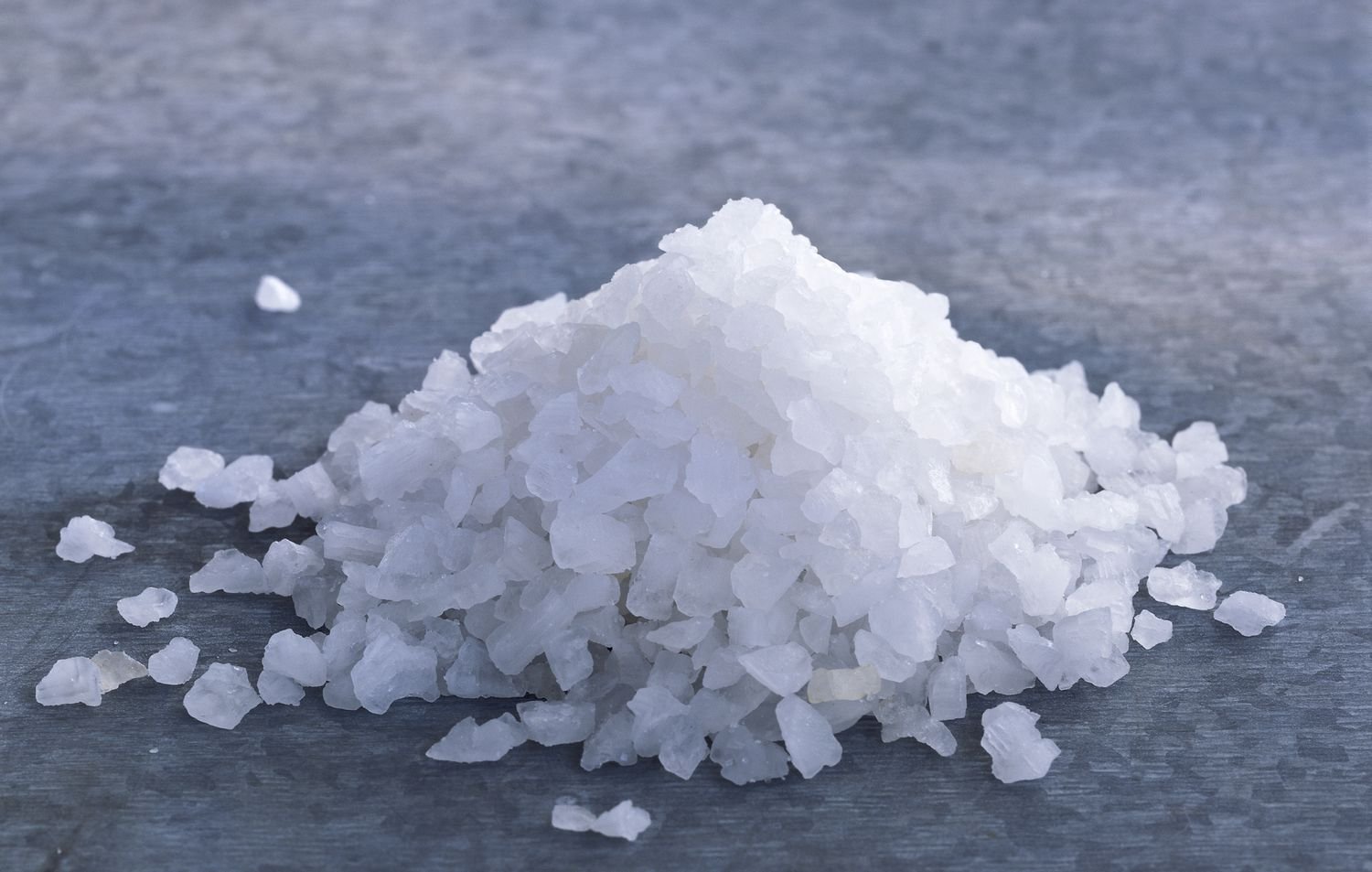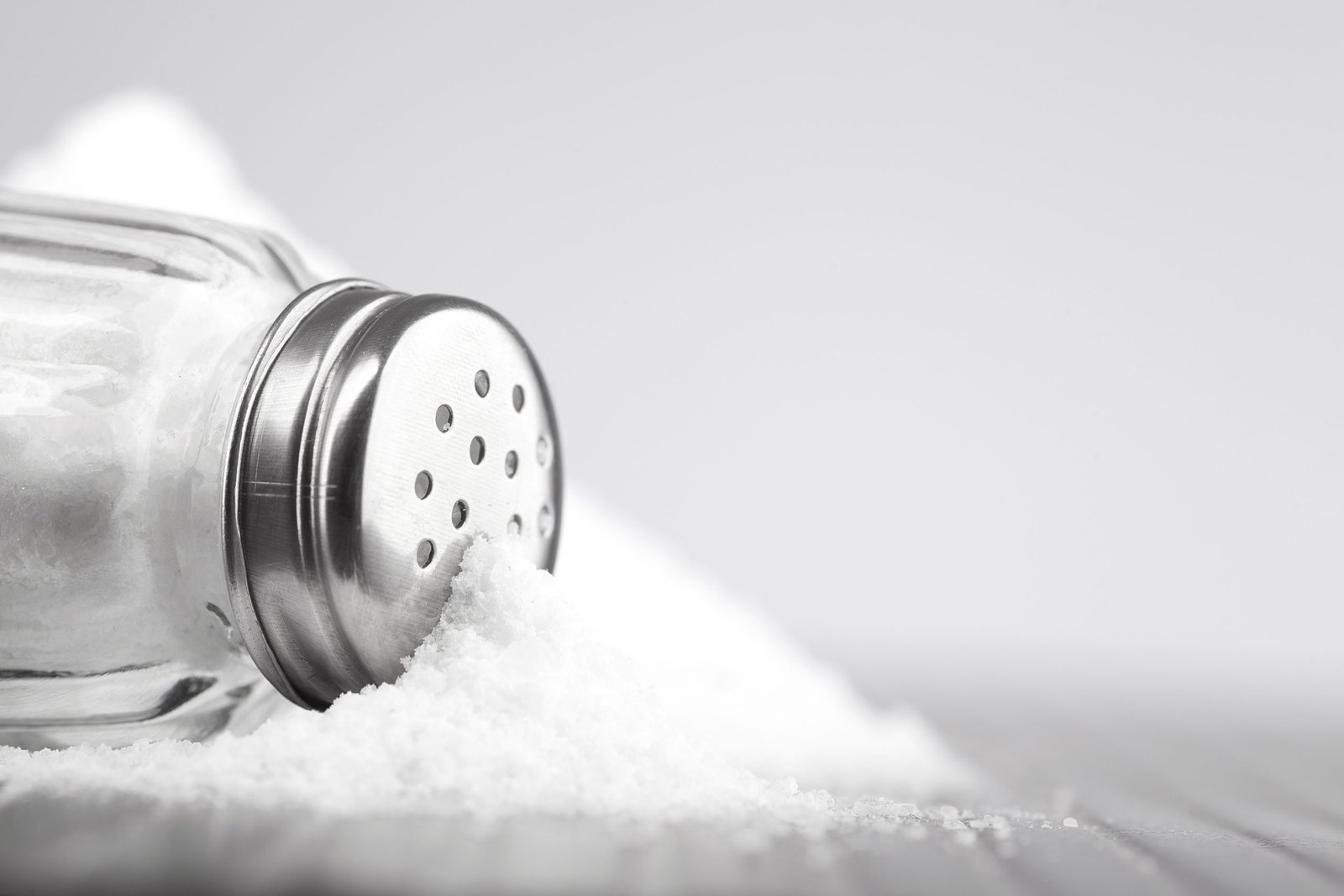Concept about Sodium – This book covers the entire syllabus of “Nutrition and Dietetics” prescribed by BNMC-for all Diploma in Nursing Science and Midwifery students. We tried to accommodate latest information and topics. This book is examination friendly setup according to the teachers’ lectures and examination’s questions. At the end of the book previous university questions are given. We hope in touch with the book students’ knowledge will be upgraded and flourished. The unique way of presentation may make your reading of the book a pleasurable experience.

Concept about Sodium
Sodium is a mineral, which is very important for the body. Body fluid contains sodium. Human body contain approximately 1.8 g of sodium per kilogram of body weight. The kidneys can conserve sodium.
The adult human body contains about 100 gm of sodium ion. Half the quantity is found in extracellular fluid and other half is found in tissue-cells and bones. Through perspiration and urine sodium is lost from the body. On average, 5 to 10 gm sodium chloride is ingested per day in an average die.
(Ref: Onila Salin’s Essential nutrition/1/51)
Sources of sodium:
a) High sodium is found in –
- Bread.
- Corn.
- Rice.
- Wheat flakes.
- Salted crackers.
- Salted butter.
- Salted nuts.. Salted popcorn.
- Dried cooked legumes.
- Salted dried.
- Canned fish.
- Meat
- Bacon.
- Corned beef.
- Dried beef.
- Salted pork
- Sausages.
b) Low sodium:
- Low sodium is found:
- Unsalted bread.
- Butter.
- Margarine.
- Meat.
- Fresh vegetable
- Fruits.
- Unsalted nuts,
- Fresh whole skim milk.
(Ref: Onila Salin’s Essential nutrition/1/38)
Functions of sodium:
1. Maintains osmotic pressure in blood and other tissue fluids.
2. Essential for the maintenance of pH ions concentration.
3. In presence of sodium absorption of monosaccharide’s and amino acids from the small intestine take place
4. Sodium is important for initiating and maintaining heartbeat.
5. It helps in contraction of the muscles.
(Ref: Onila Salin’s Essential nutrition/1/48)

Effects of deficiency of sodium:
1. Hyponatremia.
2. Hypernatremia (If sodium level increase in the plasma)
3. Muscular cramps.
4. Marked general weakness.
5. Mental lassitude.
6. Dyspnoea on exertion
(Ref: Onila Salin’s Essential nutrition/1″/48)
Daily requirement of sodium:
Adult requirement of sodium is 10 to 15 g/day.
Excretion of sodium:
- On an average diet about 3 to 5 gm of sodium (corresponding to 8 to 12 gm NaCI) is excreted in urine.
- On a low salt diet and in starvation, urinary excretion may fall to very low levels.

Effects of high intakes of sodium:
Short-term over consumption of sodium (as from eating one very-high-sodium meal) may produce edema (fluid retention). The excess sodium is excreted quickly by the kidneys as long as adequate water is consumed. On the other hand, long-term high intakes of sodium, especially in the form of table salt, have been related to hypertension (high blood pressure) in salt-sensitive people.
(Ref: Sheilla John’s/1/96)
Read more:
